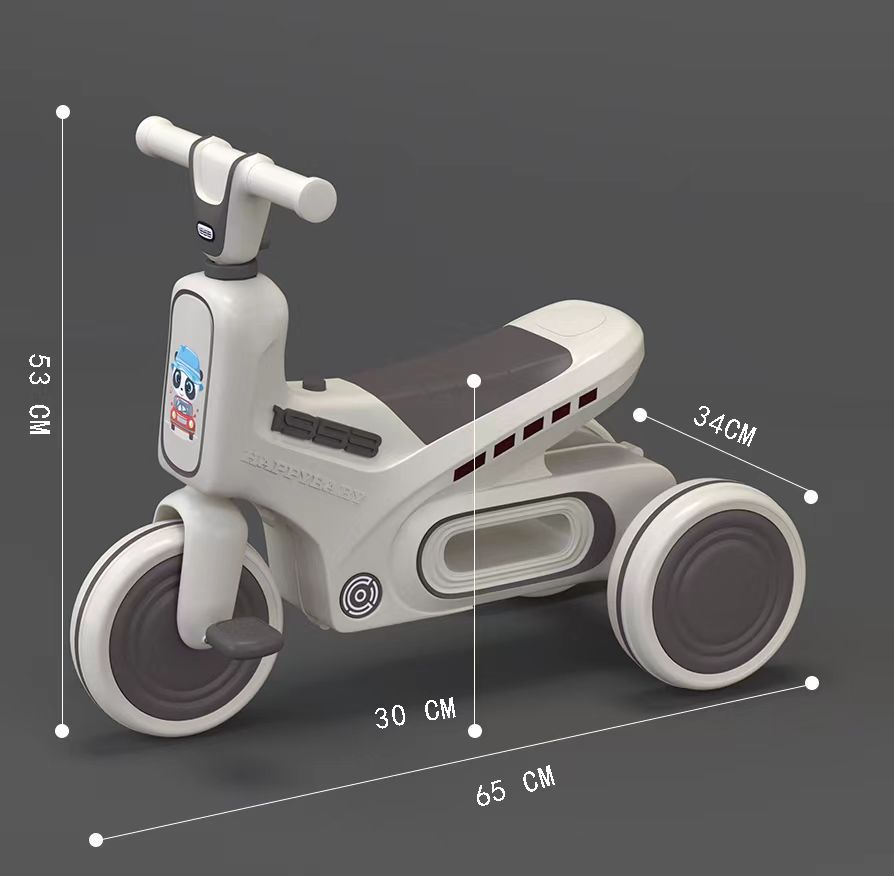mtb 29
The Rise of 29-Inch Mountain Bikes Embracing the MTB 29 Revolution
In the ever-evolving world of mountain biking, the size of the wheels you choose can significantly influence your ride experience. Among the myriad of options available, the rise of the 29-inch mountain bike, commonly referred to as MTB 29, has made a remarkable impact on both casual riders and serious competitors alike.
The transition from traditional 26-inch wheels to 29-inch wheels can be attributed to various factors, notably improving performance and enhancing rider comfort. The larger wheel size allows for better rollover capability over obstacles, such as rocks, roots, and uneven terrain, which are common in mountain biking. Riders of all skill levels have reported that 29ers, as they are affectionately dubbed, handle technical trails with greater ease, providing a smoother ride while maintaining speed.
.
In terms of geometry, most modern MTB 29 frames are designed to accommodate the larger wheels while still keeping the bike agile and responsive. Manufacturers have optimized frame designs to provide a balance between stability at high speeds and maneuverability on tight turns. The result is a bike that not only excels on the descents but also performs admirably on climbs. The improved momentum and rolling efficiency of 29-inch wheels allow experienced cyclists to maintain speed with less effort, which can be a significant advantage on long rides or competitive trails.
mtb 29

However, the rise of the MTB 29 has not come without controversy. Traditionalists often argue that smaller wheels offer greater maneuverability and a more engaging ride experience. They claim that 26-inch bikes are better suited for technical riding due to their nimbleness, while some riders find the larger wheel size can feel sluggish in tight, twisty sections of trail. Fortunately, the mountain biking community is diverse, and preferences for wheel size often come down to individual riding style, terrain, and personal comfort.
The development of the MTB 29 has also spurred innovation in bike technology. The industry has responded to the growing demand with a wide range of 29-inch bicycles, from cross-country racing models to all-mountain and enduro machines. This increasing variety ensures that riders can find a bike that fits their specific needs, whether they prioritize speed on smooth trails or capability on rough descents.
The popularity of MTB 29 has been reflected in various competitive events, where riders are increasingly seen sporting bikes with larger wheels, showcasing their competitive edge. Events across the globe often highlight the performance benefits of 29-inch wheels, attracting athletes eager to capitalize on the advantages they offer.
In conclusion, as the mountain biking landscape continues to unfold, the MTB 29 stands out as a considerable advancement in bike design and performance. With improved rollover ability, enhanced traction, and increased stability, 29-inch mountain bikes present an enticing option for riders looking to elevate their experience on the trails. While debates about wheel size will undoubtedly persist, the momentum behind MTB 29 is undeniable. Whether you’re a seasoned pro or a weekend warrior, exploring the world of 29ers may just lead you to new heights of adventure and performance. As we embark on this exciting ride together, one thing is certain the future of mountain biking is undoubtedly rolling ahead on 29-inch wheels.
-
The Perfect Baby TricycleNewsAug.11,2025
-
Ride into Fun with Bikes for KidsNewsAug.11,2025
-
Ride into Adventure with the Perfect Kids Balance BikeNewsAug.11,2025
-
Fun and Safe Riding with the Best Childrens ScootersNewsAug.11,2025
-
Find the Perfect Childrens Bike for Your Little OneNewsAug.11,2025
-
Explore the Best Baby Tricycles for Your Little OneNewsAug.11,2025
-
Three-Wheel Light-Up Scooter Benefits for KidsNewsJul.11,2025








